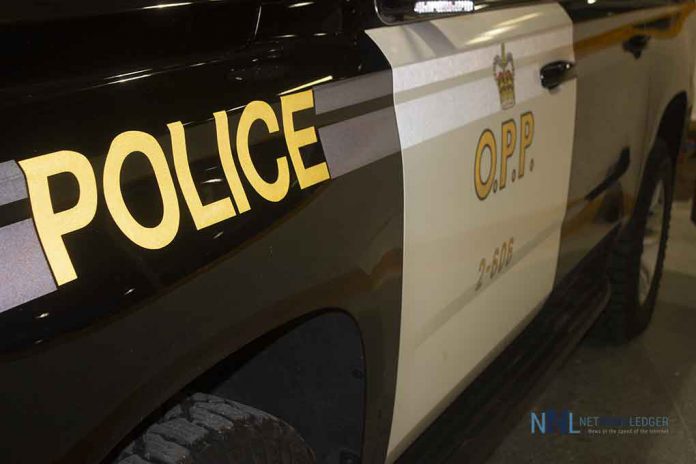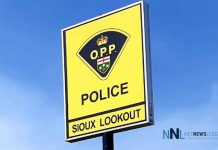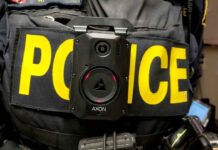SIOUX LOOKOUT – Road safety is every road user’s responsibility. When Anne and Roger SALTEL attended the Sioux Lookout OPP detachment requesting some clarification on the rules of the road, the Sioux Lookout Ontario Provincial Police (OPP) determined that a review of some of the basic road-use rules set out the Ontario Highway Traffic Act (HTA) may be helpful to assist all road users throughout the community.
Q: When walking on the highway, should you be walking with traffic or facing traffic?
A: Whenever possible, pedestrians should use the sidewalk or designated shoulder area when walking along a roadway. If walking along a roadway that is not equipped with sidewalks, it is the pedestrian’s responsibility to walk facing traffic, in single file, as close to the left-hand side of the road as practicable (HTA 179(1)).
Q: Are motorized wheelchairs allowed on sidewalks
A: Yes. People operating motorized wheelchairs are treated in the same way as pedestrians, and operators must obey all the rules of the road that apply to pedestrians (HTA 144(1)). A sidewalk should be the first choice for someone using a wheelchair or medical scooter. If there is no sidewalk available, wheelchair operators should travel along the left shoulder of the roadway facing oncoming traffic, and safely return to a sidewalk as soon as practicable.
Q: When two vehicles are stopped at stop signs on opposite sides of a main road, who has the right of way when it is safe to proceed?
A: After coming to a complete stop at a controlled intersection facing a stop sign, vehicle drivers are responsible to ensure that the intersection is clear of approaching vehicles, pedestrians, bicycles, and all other road users prior to continuing (HTA 136). If one driver is starting their turn from a stopped position, any oncoming vehicles facing a stop sign must also come to a full stop and yield the intersection to any traffic using this intersection prior to proceeding (HTA 136(2)). If there are two vehicles stopped on opposite sides of a controlled intersection and both drivers are continuing straight through when there is a break in traffic, both vehicle drivers may proceed when the way is clear. A driver turning right can proceed from stopped if there are no pedestrians, cyclists, or other vehicles in their path. A driver turning left at a controlled intersection must wait for all approaching traffic to pass or turn (including individuals turning right from a stop sign), and for pedestrians to clear the intersection (HTA 141).
Q: Are vehicles that are not equipped with signaling devices required to signal before turning?
A: Yes, all operators of vehicles on a roadway, including bicycles and off-road vehicles, are required to clearly indicate their intended movement if any other vehicle may be affected by the movement (HTA 142(1)). Signals must be used when a driver intends to stop, turn left, right, or resume moving from a parked position. If there are no electronic signaling devices on the vehicle, appropriate arm signals should be used (see diagram). After signaling, a vehicle operator should move only when it is safe to do so.
If you are interested in brushing up on your road traffic safety knowledge, a digital copy of the Ontario Driver’s Handbook is available online, free of charge, from the Ontario Ministry of Transportation’s website,
https://www.ontario.ca/document/official-mto-drivers-handbook







